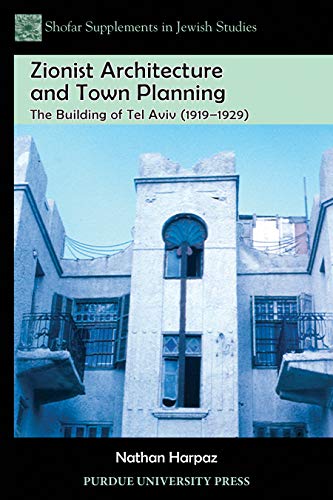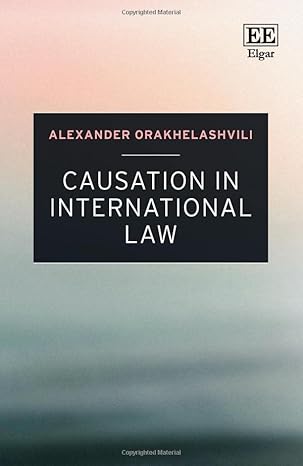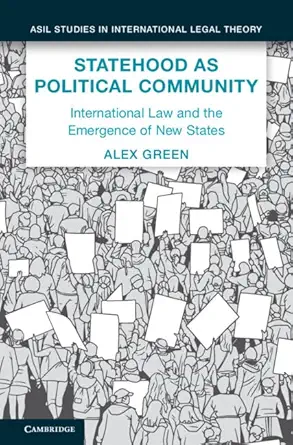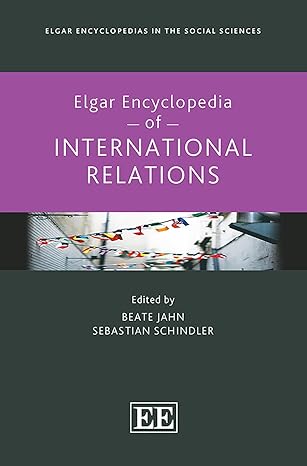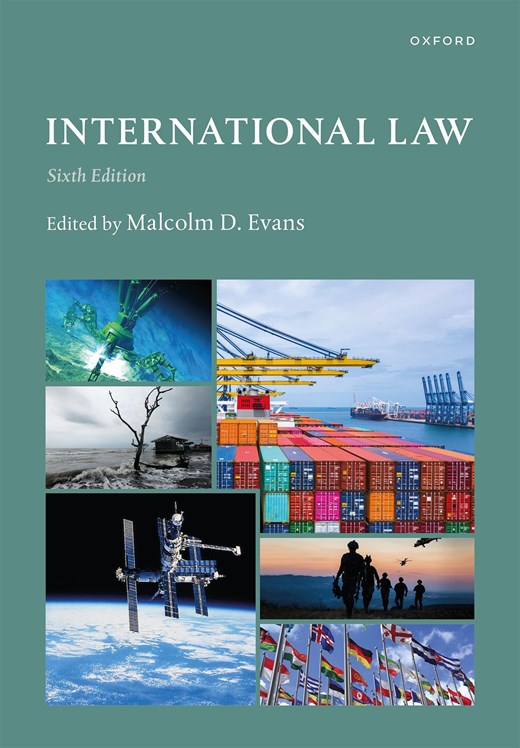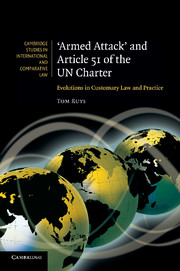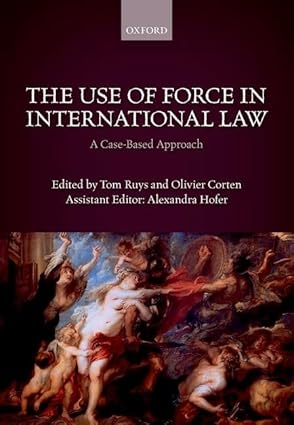Established as a Jewish settlement in 1909 and dedicated a year later, Tel Aviv has grown over the last century to become Israel’s financial center and the country’s second largest city. This book examines a major period in the city’s establishment when Jewish architects moved from Europe, including Alexander Levy of Berlin, and attempted to establish a new style of Zionist urbanism in the years after World War I. The author explores the interplay of an ambitious architectural program and the pragmatic needs that drove its chaotic implementation during a period of dramatic population growth. He explores the intense debate among the Zionist leaders in Berlin in regard to future Jewish settlement in the land of Israel after World War I, and the difficulty in imposing a town plan and architectural style based on European concepts in an environment where they clashed with desires for Jewish revival and self-identity. While “modern” values advocated universality, Zionist ideas struggled with the conflict between the concept of “New Order” and traditional and historical motifs. As well as being the first detailed study of the formative period in Tel Aviv’s development, this book presents a valuable case study in nation-building and the history of Zionism. Meticulously researched, it is also illustrated with hundreds of plans and photographs that show how much of the fabric of early twentieth century Tel Aviv persists in the modern city.
چکیده فارسی
تل آویو که در سال 1909 به عنوان یک شهرک یهودی تأسیس شد و یک سال بعد وقف شد، در طول قرن گذشته رشد کرده و به مرکز مالی اسرائیل و دومین شهر بزرگ این کشور تبدیل شده است. این کتاب به بررسی دورهای مهم در تأسیس شهر میپردازد، زمانی که معماران یهودی از اروپا، از جمله الکساندر لوی از برلین، کوچ کردند و سعی کردند سبک جدیدی از شهرسازی صهیونیستی را در سالهای پس از جنگ جهانی اول ایجاد کنند. نویسنده تأثیر متقابل یک معماری بلندپروازانه را بررسی میکند. برنامه و نیازهای عملگرایانه که اجرای آشفته آن را در دوره رشد چشمگیر جمعیت سوق داد. او به بررسی بحث های شدید میان رهبران صهیونیست در برلین در رابطه با اسکان آتی یهودیان در سرزمین اسرائیل پس از جنگ جهانی اول و دشواری در تحمیل طرح شهری و سبک معماری بر اساس مفاهیم اروپایی در محیطی می پردازد که در آن با خواسته ها در تضاد هستند. برای احیای یهودی و هویت خود. در حالی که ارزشهای «مدرن» از جهانشمولی حمایت میکردند، ایدههای صهیونیستی با تضاد بین مفهوم «نظم جدید» و نقوش سنتی و تاریخی مبارزه میکردند. این کتاب علاوه بر اینکه اولین مطالعه مفصل در مورد دوره شکل گیری توسعه تل آویو است، مطالعه موردی ارزشمندی در ملت سازی و تاریخ صهیونیسم ارائه می دهد. با تحقیق دقیق، همچنین با صدها طرح و عکس نشان داده شده است که نشان میدهد تا چه حد از بافت اوایل قرن بیستم تل آویو در شهر مدرن باقی مانده است.
ادامه ...
بستن ...
